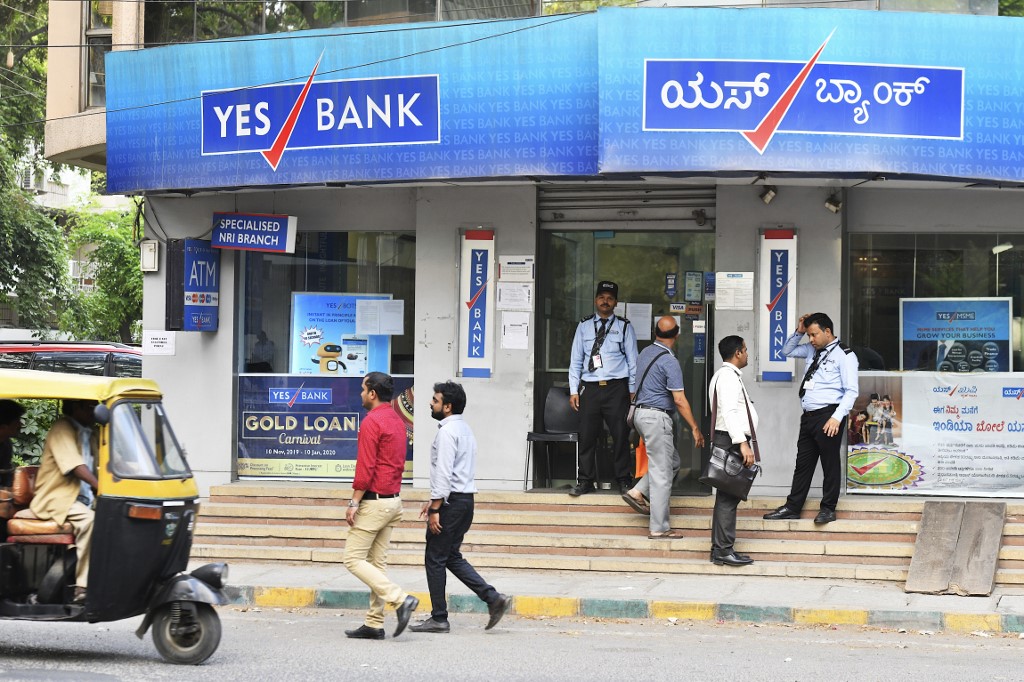A central bank-backed proposal to rescue embattled Yes Bank has been approved and withdrawal limits will be lifted, officials said, as India’s fourth-largest private lender posted a big quarterly loss.
Yes Bank was struggling with bad loans and on the brink of collapse when the Reserve Bank of India seized control of the lender on March 5 and imposed withdrawal limits for customers.
Eight banks – led by the country’s largest lender the State Bank of India (SBI) – committed to investing in the plan, which has been approved by the government, Yes Bank said in a regulatory filing on Saturday.
The withdrawal limits for customers would be lifted on Wednesday, the lender added.
“We are an integral part of the financial system and we must support other banks that have gone into difficulty,” Deepak Parekh, the chairman of HDFC, one of the lenders investing in Yes Bank, told the Times of India on Sunday.
“The difficulty may be due to any reason but there are a large number of depositors, borrowers, and employees. We are reasonably confident that the bank will be revived.”
The State Bank of India (SBI) had announced on Thursday it would invest 72.5 billion rupees ($977 million) in the troubled lender.
The announcement came as Yes Bank late on Saturday reported a net loss of 185.6 billion rupees in the three months to December 31, compared to a profit of 10.2 billion rupees in the previous corresponding period.
India’s financial system had been hit by liquidity concerns more than a year after the near-collapse of IL&FS, one of the nation’s biggest “shadow banks” – finance houses responsible for significant consumer lending.
A resulting reluctance of banks to lend money has exacerbated the woes of Asia’s third-biggest economy, with growth remaining sluggish.
AFP






















